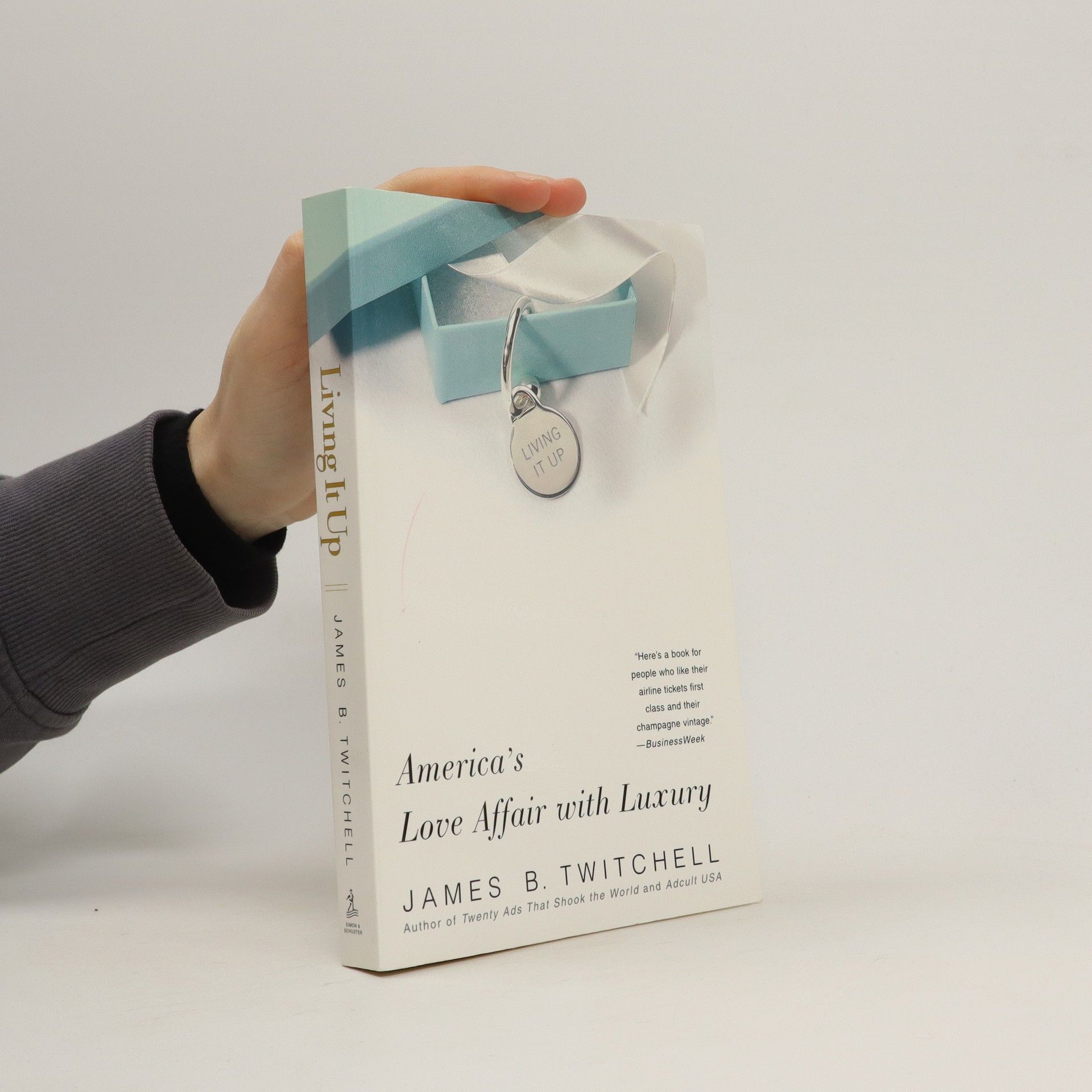Luxury isn't just for the rich, says James B. Twitchell. Today you don't need a six-figure income to wear pashmina, drink a limited-edition coffee at Starbucks, or drive a Mercedes home to collapse on the couch in front of a flat-screen plasma TV. In Living It Up, sharp-eyed consumer anthropologist Twitchell takes a witty and insightful look at luxury -- what it is, who defines it, and why we can't seem to get enough of it.In recent years, says Twitchell, luxury spending has grown much faster than overall spending -- and it continues to grow despite the economic recession. Luxury has become such a powerful marketing force that it cuts across every layer of society, spawning a magazine devoted to spas, cashmere bedspreads on sale at Kmart, and a dazzling array of bottled waters.Twitchell says that the democratization of luxury has had a unifying effect on culture. Luxury items tell a story that we want to identify with, and more people than ever aspire to the story of Ralph Lauren's Polo or Patek Philippe. Shopping itself is no longer a chore but a transcendent experience in which we shop not so much for goods as for an identity.Sharply observed and wickedly funny, Living It Up is a revealing and entertaining examination of why we are all part of the cult of luxury.
James B. Twitchell Livres
James B. Twitchell explore les phénomènes culturels, analysant comment la société américaine s'est focalisée sur le matérialisme. Son œuvre examine la transformation du goût et de la valeur en Amérique, façonnée par la culture de masse et la commercialisation. Twitchell se concentre sur les motivations psychologiques et sociales sous-jacentes qui animent notre désir d'accumulation et d'étalage. Ses analyses offrent un regard pénétrant sur la manière dont nos vies et nos aspirations sont modelées par la société de consommation.
